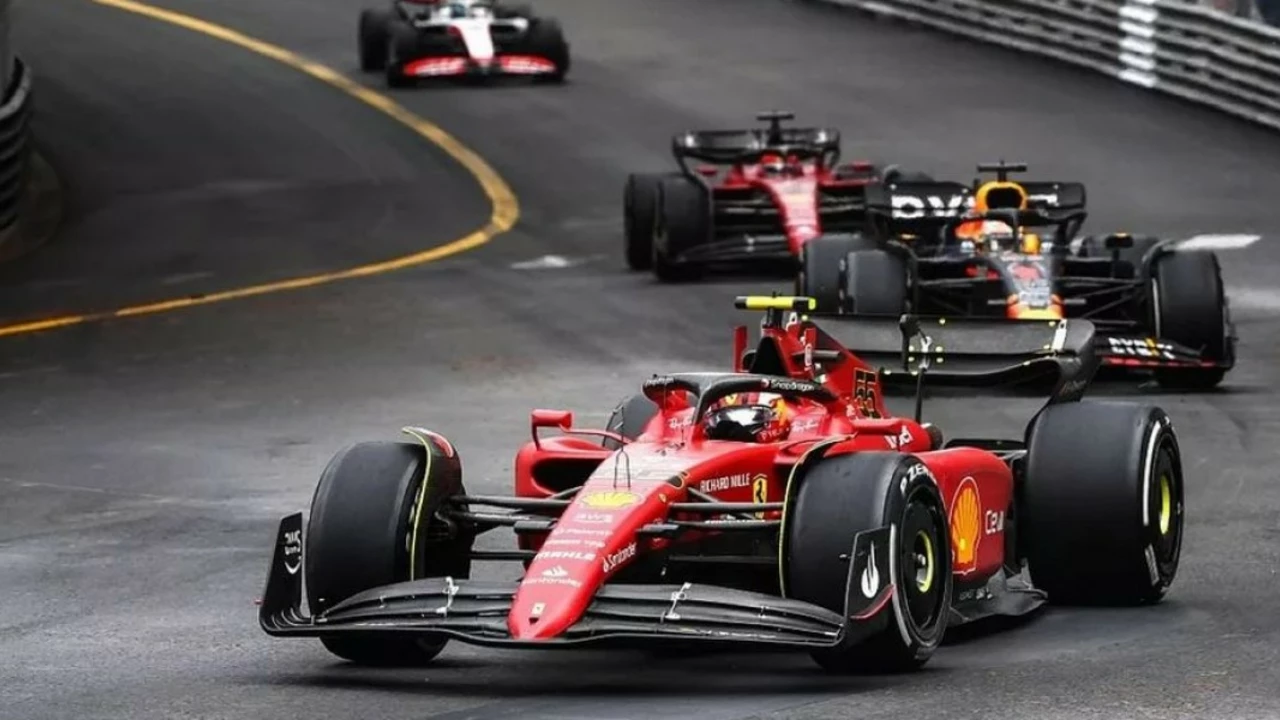Understanding the Basics of Racing Cars
Before we delve into the nitty-gritty of which car is faster, it's important to understand the basics of each racing car. We are going to discuss Formula 1, NASCAR, and IndyCar, which are three of the most popular car racing series in the world. These series are different in many aspects including the design of the cars, the circuits they race on, the rules of the competition, and so on. This section will give you a basic understanding of each racing car, setting the stage for the rest of our discussion.
History and Evolution of Formula 1 Cars
Formula 1, also known as F1, is considered the pinnacle of motor racing. It originated in Europe after World War II and has evolved over the years into a global phenomenon. The design of Formula 1 cars has changed dramatically over the years, from the original front-engine cars to the sleek aerodynamic designs we see today. This section will trace the history and evolution of Formula 1 cars and how this has contributed to their speed.
Understanding NASCAR and its Unique Features
NASCAR, which stands for the National Association for Stock Car Auto Racing, is hugely popular in the United States. Unlike Formula 1, NASCAR races are typically held on oval tracks and the cars are based on production models, giving them a unique set of characteristics. In this section, we will dive into the world of NASCAR and explore what makes these cars unique.
IndyCar Series: A Blend of Formula 1 and NASCAR?
The IndyCar Series is considered America's premier open-wheel racing series. Some people describe it as a blend of Formula 1 and NASCAR because it features elements of both. IndyCars are similar to Formula 1 cars in design, but they race on a variety of tracks like NASCAR. This section will delve into the world of IndyCar racing and examine the unique features of these cars.
Comparing the Speed: Formula 1 vs NASCAR vs IndyCar
Now that we have a basic understanding of each racing series, it's time to compare their speeds. Which car is faster: a Formula 1, a NASCAR, or an IndyCar? This section will present an in-depth comparison of their speeds, taking into account factors such as track type, car design, and engine power.
The Importance of Aerodynamics in Speed
Aerodynamics plays a crucial role in determining the speed of a racing car. The design of a car can significantly affect its aerodynamic efficiency, which in turn can impact its speed. This section will explore the importance of aerodynamics in racing and how each series - Formula 1, NASCAR, and IndyCar - approaches this critical aspect of car design.
The Role of Engines and Horsepower
Another important factor that determines the speed of a racing car is its engine and the amount of horsepower it can produce. Each racing series has different regulations regarding engines, which can significantly influence the speed of the cars. This section will examine the role of engines and horsepower in Formula 1, NASCAR, and IndyCar.
Impact of Racing Circuits on Speed
The type of circuit also plays a critical role in the speed of a racing car. Formula 1, NASCAR, and IndyCar race on different types of tracks, which can affect the top speeds that cars can reach. This section will investigate how different circuits impact the speed of each racing series.
Final Verdict: Which is the Fastest?
After examining all the factors that contribute to the speed of a racing car, it's time to answer the burning question: which car is faster, a Formula 1, a NASCAR, or an IndyCar? This section will present the final verdict based on the evidence we have examined in the previous sections. Whether you're a die-hard fan of one series or a casual viewer interested in car racing, this article will provide you with a comprehensive understanding of these three popular racing series.

Write a comment